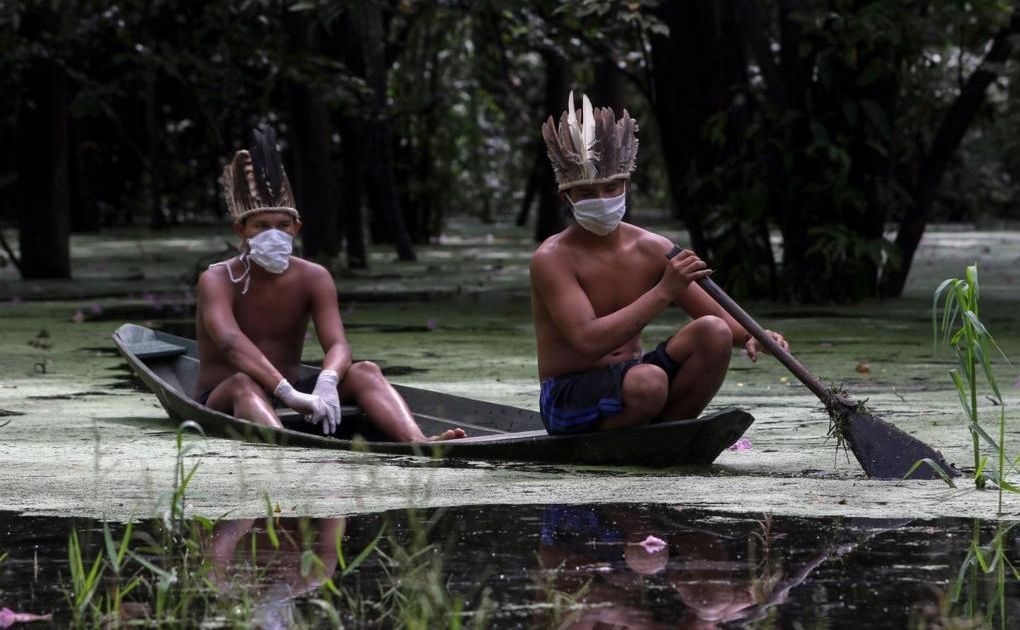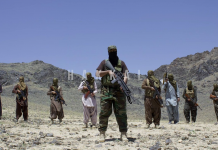New Delhi (NVI): COVID-19 still poses a disproportionate threat to indigenous communities even as it recedes elsewhere in the world, according to a report by the United Nations.
The indigenous peoples’ traditional lifestyles can create greater risks of spreading infection when they involve large gatherings to mark events like harvests, or living in multi-generational housing with elderly family members, as per the UN report.
“The indigenous also suffer from a relatively high degree of socio-economic marginalization that makes them more vulnerable,” it said.
The report gave example of Navajo Nation, a 71,000 square-kilometre expanse of the western US, which reported 54 new cases of what’s referred to locally as “Dikos Ntsaaígíí-19”.
The figured were recorded when this past Wednesday, some previously hard-hit countries were able to register daily COVID-19 infections in the single digits.
“That brought the total number of reported cases in the designated home of the Navajo people to 5,533, as the number of known deaths reached 252. For an area with an estimated population of 172,875, that translates into an infection rate more than five times that of the US as a whole,” it said.
However, the Navajo Nation is not an isolated example. The UN, in its report, cites a study which found that in New Zealand the Māori death rate during the 1918 flu pandemic was more than seven times higher than the rate for people of European ethnicity, and was more than six times higher during the 1957 “Asian flu.”
Meanwhile, the Navajo Nation government has issued a stay-at-home order as COVID-19 spread, implemented a curfew, and mandated the use of masks in public. But it has struggled with issues including the fact that nearly a third of the homes in the area (detailed in the map below) lack running water for hand washing, according to the report.
In another case study from Brazil, an advocacy group reported last month that the COVID-19 mortality rate among indigenous people was nearly twice that of the country as a whole. Prior to that, a mapping service had published an analysis showing that villages in the Amazon are on average 315 kilometres away from the nearest intensive care bed in the Brazilian public health system – and more than half of the villages analysed were more than 200 kilometres away from any intensive care unit, says the report.
Brazil is just one of the countries in the World Health Organization’s Americas region with significant and remote indigenous populations deemed vulnerable to the pandemic.
According to WHO, the region recently accounted for half of the 10 countries in the world reporting the highest new number of cases over a 24-hour span. Brazil had become the new coro epicenter all of a sudden.
However, there are exceptions. Some of the world’s indigenous populations appear not to be overly impacted by COVID-19. In New Zealand, for example, the Māori accounted for 9% of reported cases as of 4 June, but represent more than 16% of the country’s population, as per the UN report.
Similarly, in Canada, government figures have not indicated an unusual infection rate for indigenous people – though there are concerns that indigenous cases in the country are being undercounted.








